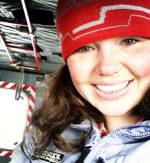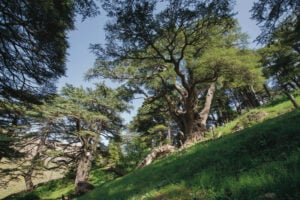The boreal forest covers more than half of Canada’s landmass and is a major contributor to the country’s economy. When people think of Canada, the forest and the iconic wildlife it supports are often what come to mind. And yet few people know about the far-reaching and complex issues that threaten this vast wilderness. People of the Boreal is a multimedia project that aims to help change that. Created by the Pew Charitable Trusts, the project profiles, through a series of videos (below), seven people who live and work in the region and thus have the most to gain or lose from how it’s managed. From Stephen Kakfwi, former premier of the Northwest Territory, to Ducks Unlimited biologist Chris Smith, to indigenous negotiator Steven Nitah, these are the people forging the forest’s future.
Here, Jennifer Lamson, director of the Pew Charitable Trusts’ International Boreal Conservation Campaign, talks about the project.
How did this project come about?
Pew has been doing work in the boreal region for more than 15 years, and Pew looks at the boreal as it does other places where we are doing land conservation as one of the last great places on earth. Our approach there is to partner with people on the ground and learn from them about what they are doing and find a balance between conservation and development.
The series is really a way to do two things. It’s to showcase the boreal, which is still very much a hidden gem, and to bring its beauty and majesty to life for many people, but also to share it through the eyes of people on the ground who care about the region and who are taking an active role in finding a path toward a sustainable future for the region.
Why is it important to spread this message?
The boreal is one of the most important intact large-scale ecosystems on the planet. It rivals even the Amazon rainforest in terms of its global importance. It’s the largest remaining old-growth forest and also harbours one of the planet’s most important and largest expanses of wetlands, lakes and rivers. It is a globally significant ecosystem, and in fact plays a key role in regulating the global climate. It’s a huge carbon storehouse.





